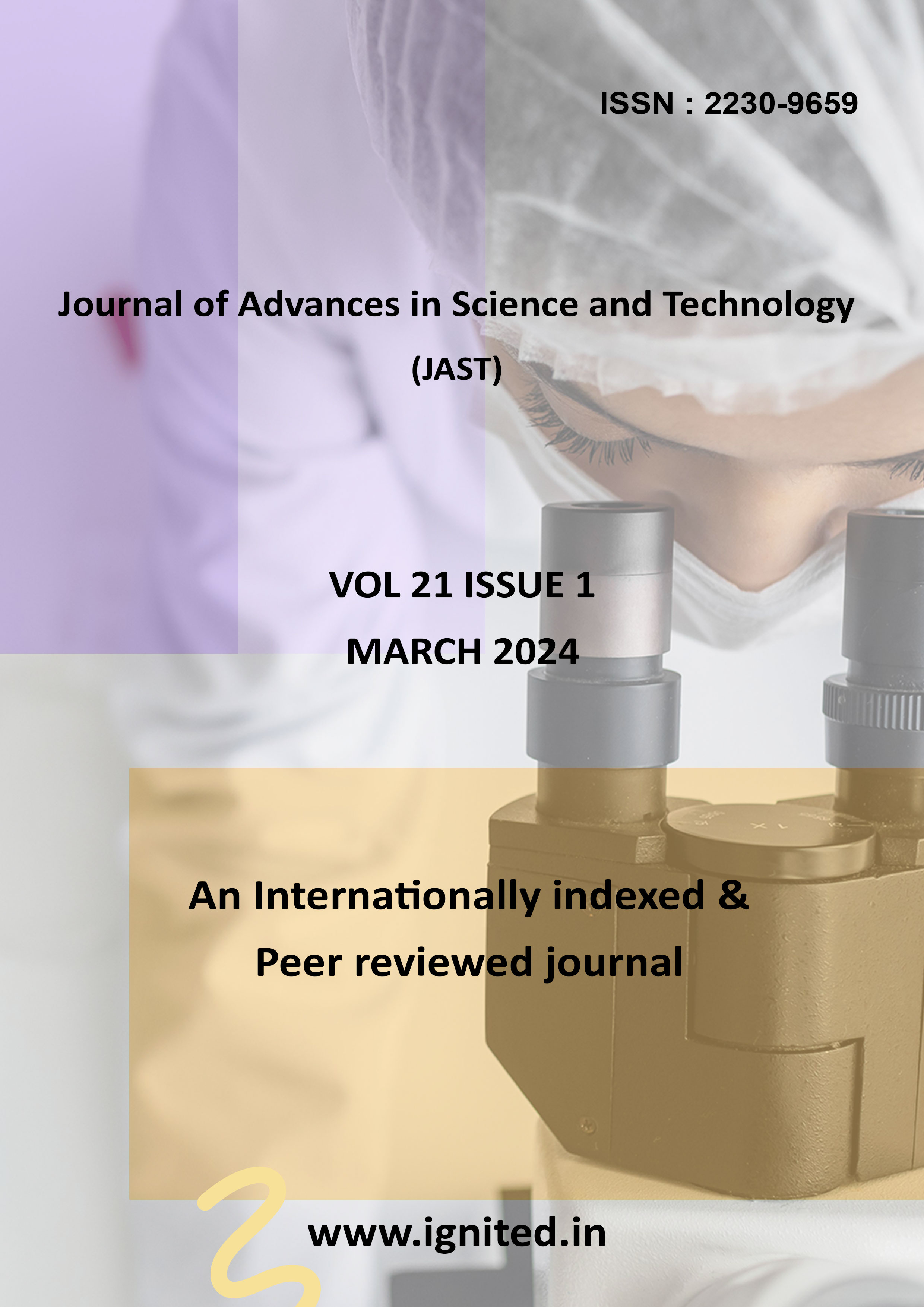Multimodal Disease Classification and Severity analysis Approaches using Machine and Deep Learning
DOI:
https://doi.org/10.29070/24mw3w90Keywords:
Multi-modal, Deep Learning, Chest, Radiology, X-rayAbstract
Chest X-rays are a common diagnostic tool for pulmonary and cardiac conditions in hospitals because they provide a clear picture of the patient's thorax. With the use of image-to-text radiology report production, medical imaging results may be automatically described in radiology reports. There are a lot of different pieces of patient data that radiologists may access, but most current systems only use the picture data. the objective of developing AI systems with a focus on humans, with the ability to learn radiologists' search habits via their eye movements, with the hope of enhancing DL system categorisation. The goal of this research is to evaluate several multimodal DL architectures in collaboration with trained radiologists to see which ones work best. In particular, this study aims to build strong DL models for medical picture analysis by investigating the integration of several data modalities, such as eye tracking data and patients' clinical data. A multimodal DL model integrating clinical data and chest X-rays (CXRs) was suggested by us. Findings demonstrated that baseline performance was unaffected by directly supplying fixation masks of radiologists' gaze patterns as input. Confine Areas Using R-CNN (Recurrent Neural Networks).
Downloads
References
Yang S, Niu J, Wu J, Liu X. (2020). Automatic medical image report generation with multi-view, multi-modal attention mechanism. In: International Conference on Algorithms, Architectures for Parallel Processing. Springer; p. 687–99.
Singh S, Karimi S, Ho-Shon K, Hamey L. (2021). Show, tell and summarise: learning to generate and summarise radiology findings from medical images. Neural Comput Appl. 33:7441–65. 10.1007/s00521-021-05943-6
Altwijri, O.; Alanazi, R.; Aleid, A.; Alhussaini, K.; Aloqalaa, Z.; Almijalli, M.; Saad, A. (2023) Novel Deep-Learning Approach for Automatic Diagnosis of Alzheimer’s Disease from MRI. Appl. Sci., 13, 13051. https://doi.org/10.3390/app132413051
ZainEldin, H., Gamel, S. A., El-Kenawy, E. M., Alharbi, A. H., Khafaga, D. S., Ibrahim, A., & Talaat, F. M. (2022). Brain Tumor Detection and Classification Using Deep Learning and Sine-Cosine Fitness Grey Wolf Optimization. Bioengineering (Basel, Switzerland), 10(1), 18. https://doi.org/10.3390/bioengineering10010018
Ieracitano, Cosimo & Mammone, Nadia & Hussain, Amir & Morabito, Francesco. (2019). A novel multi-modal machine learning based approach for automatic classification of EEG recordings in dementia. Neural networks : the official journal of the International Neural Network Society. 123. 176-190. 10.1016/j.neunet.2019.12.006.
Venugopalan, Janani & Tong, Li & Hassanzadeh, Hamid Reza & Wang, May. (2021). Multimodal deep learning models for early detection of Alzheimer’s disease stage. Scientific Reports. 11. 3254. 10.1038/s41598-020-74399-w.
Aparna, Mudiyala & Rao, Battula. (2023). A novel automated deep learning approach for Alzheimer's disease classification. IAES International Journal of Artificial Intelligence (IJ-AI). 12. 451. 10.11591/ijai.v12.i1.pp451-458.
Vaswani, A., Shazeer, N., Parmar, N., Uszkoreit, J., Jones, L., Gomez, A. N., Kaiser, L., and Polosukhin, I. (2017). Attention is all you need. In Proceedings of the Neural Information Processing Systems.
Jin, Q., Dhingra, B., Cohen, W., and Lu, X. (2019). Probing biomedical embeddings from language models. In Proceedings of the 3rd Workshop on Evaluating Vector Space Representations for NLP.
Devlin, J., Chang, M.-W., Lee, K., and Toutanova, K. (2018). BERT: Pre-training of deep bidirectional transformers for language understanding. arXiv preprint arXiv:1810.04805.
C. Hsieh et al. (2023) MIMIC-Eye: Integrating MIMIC Datasets with REFLACX and Eye Gaze for Multimodal Deep Learning Applications. PhysioNet.






